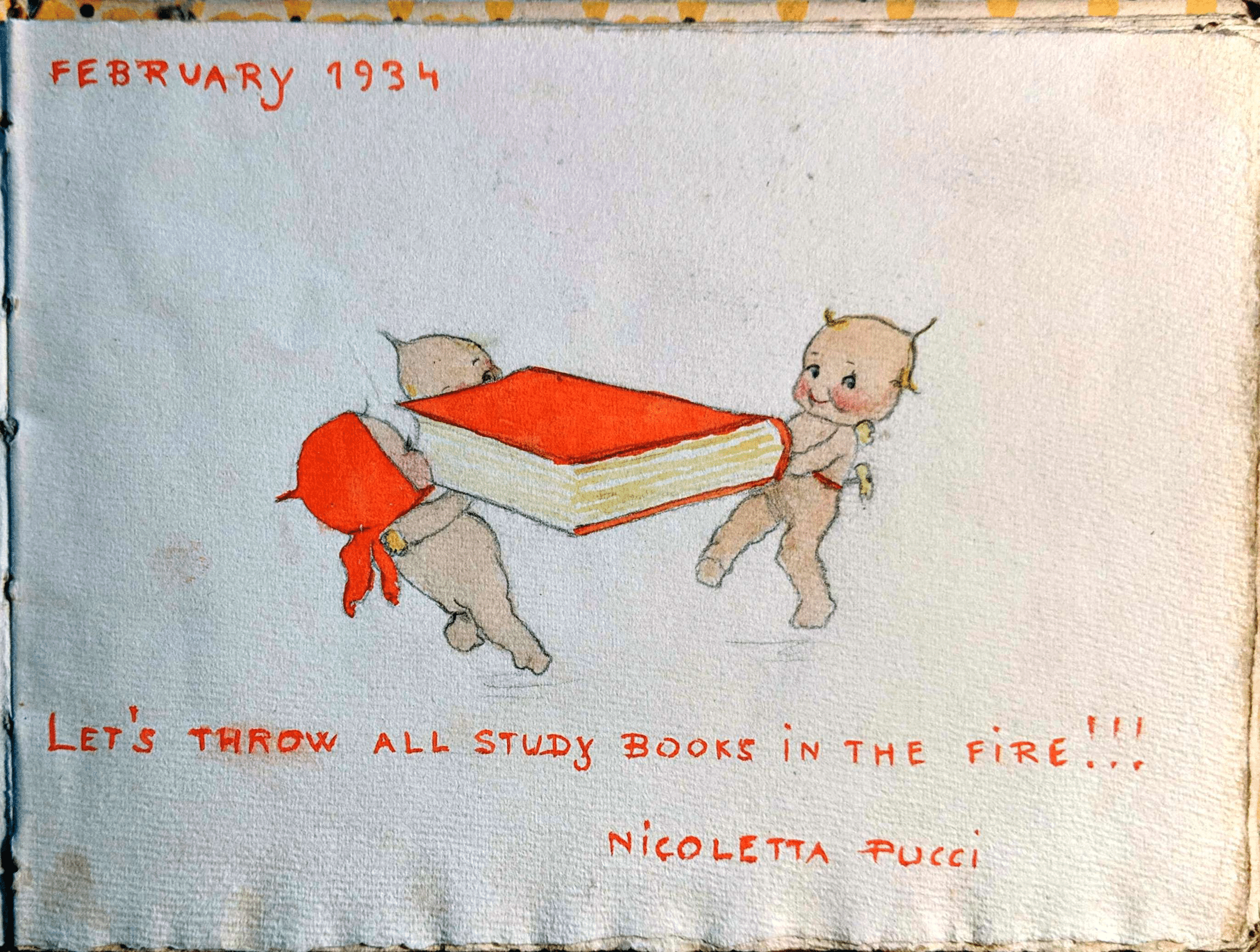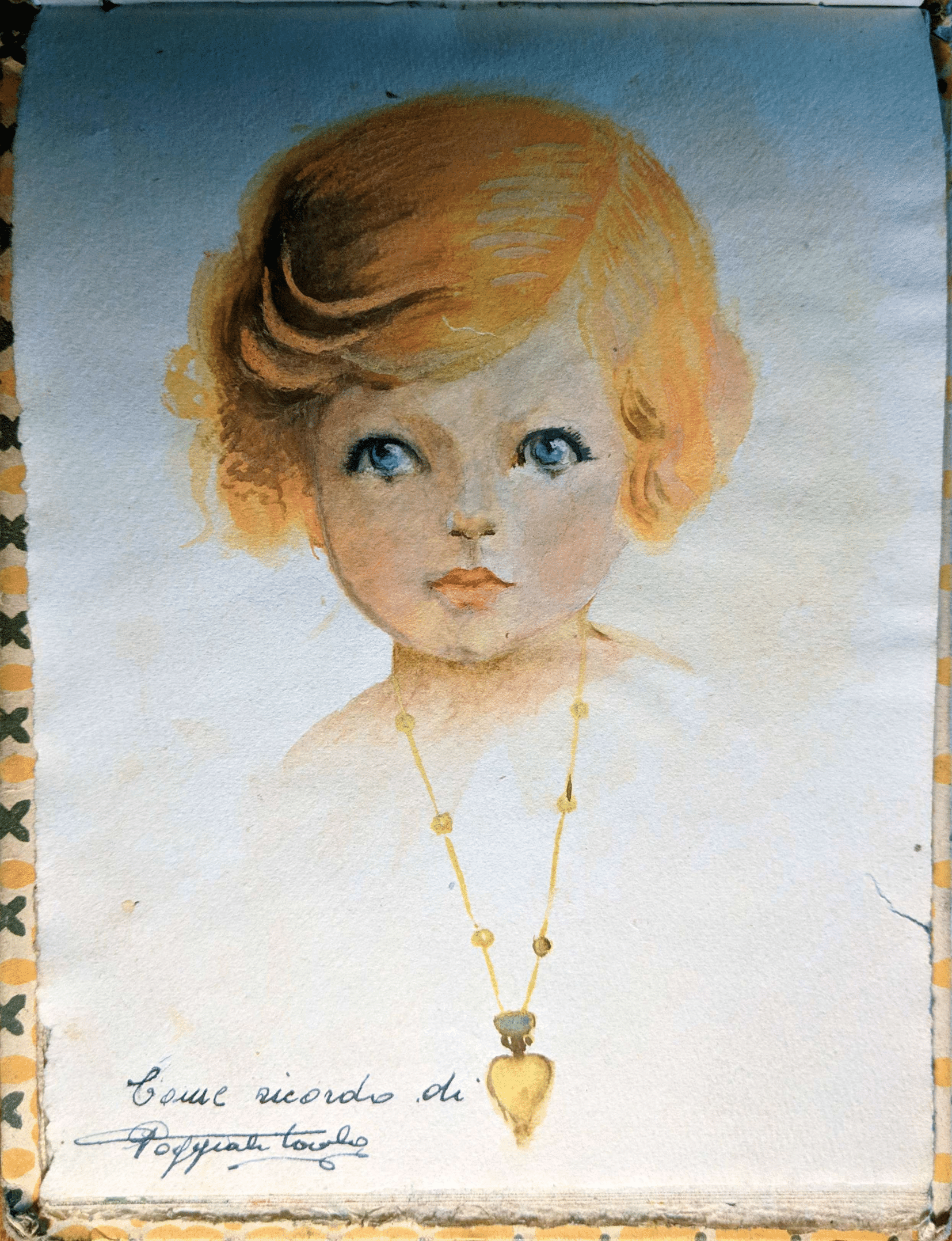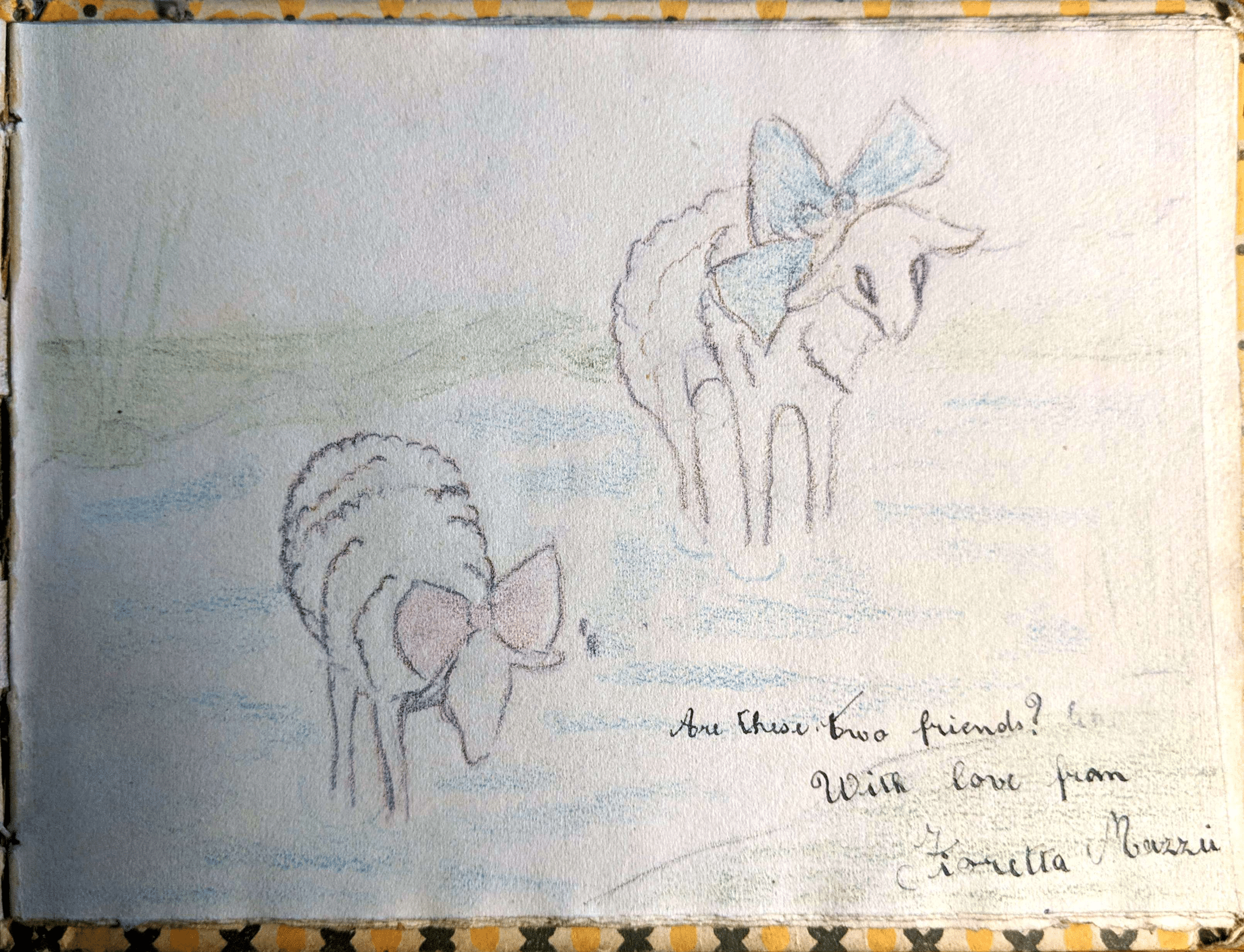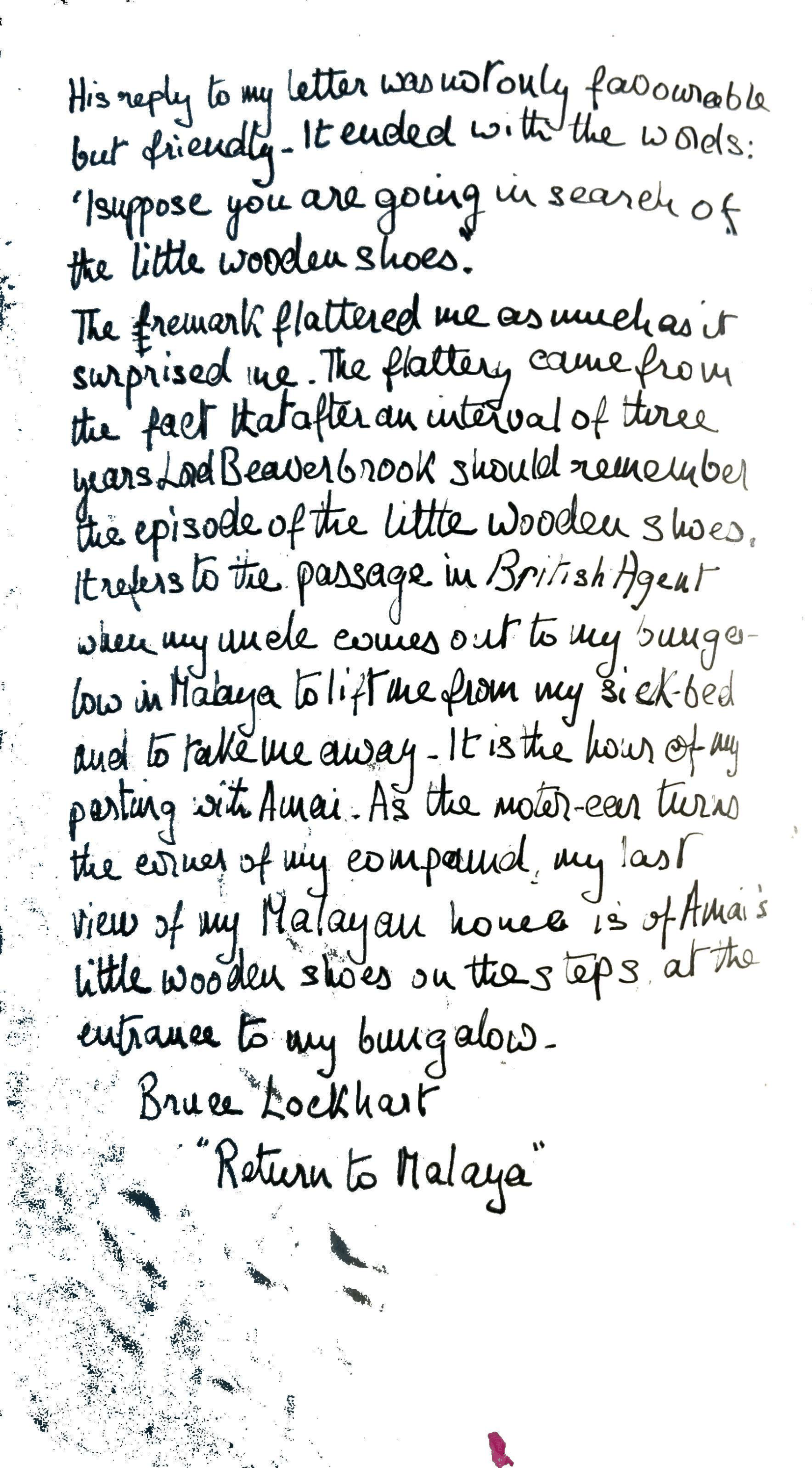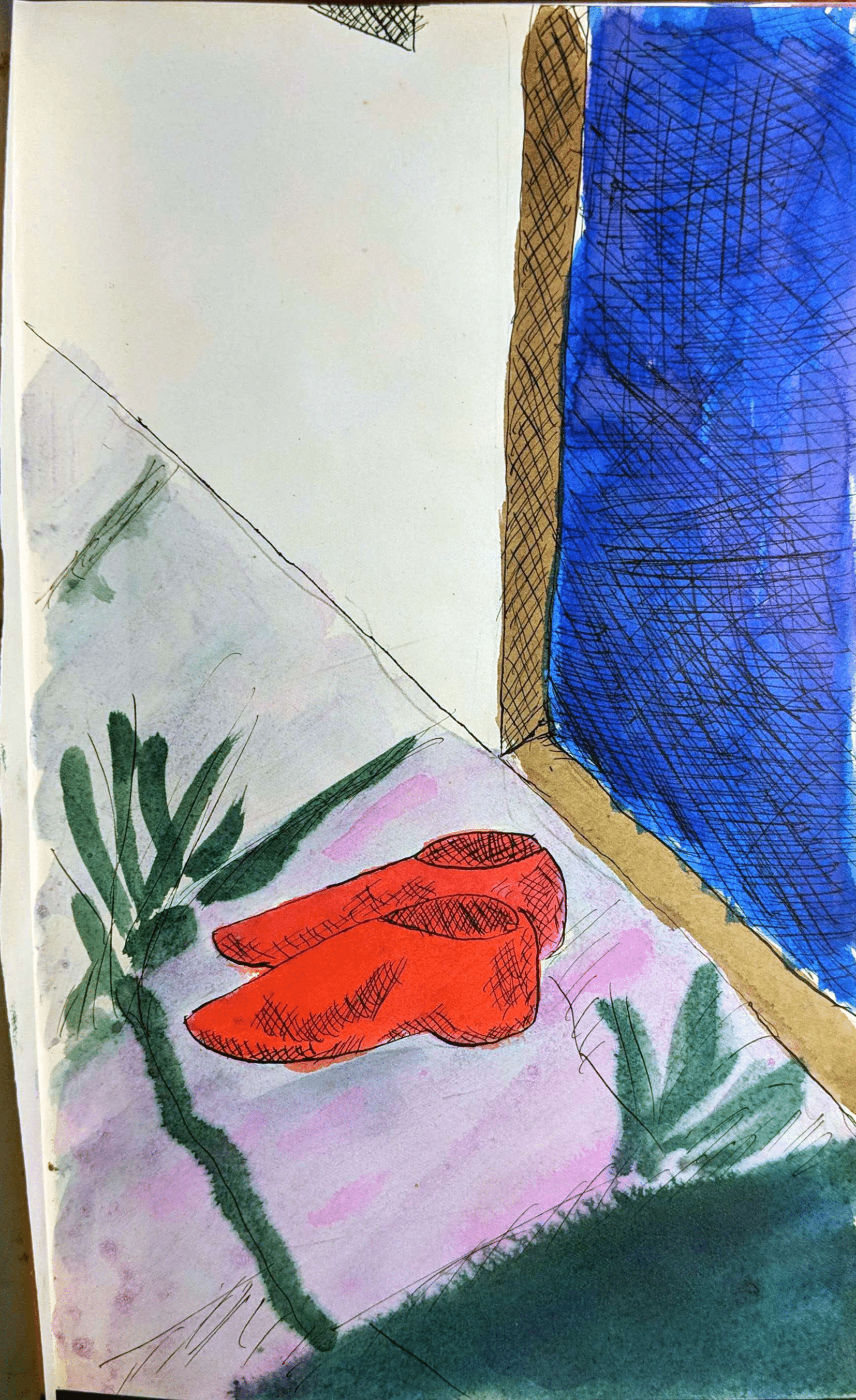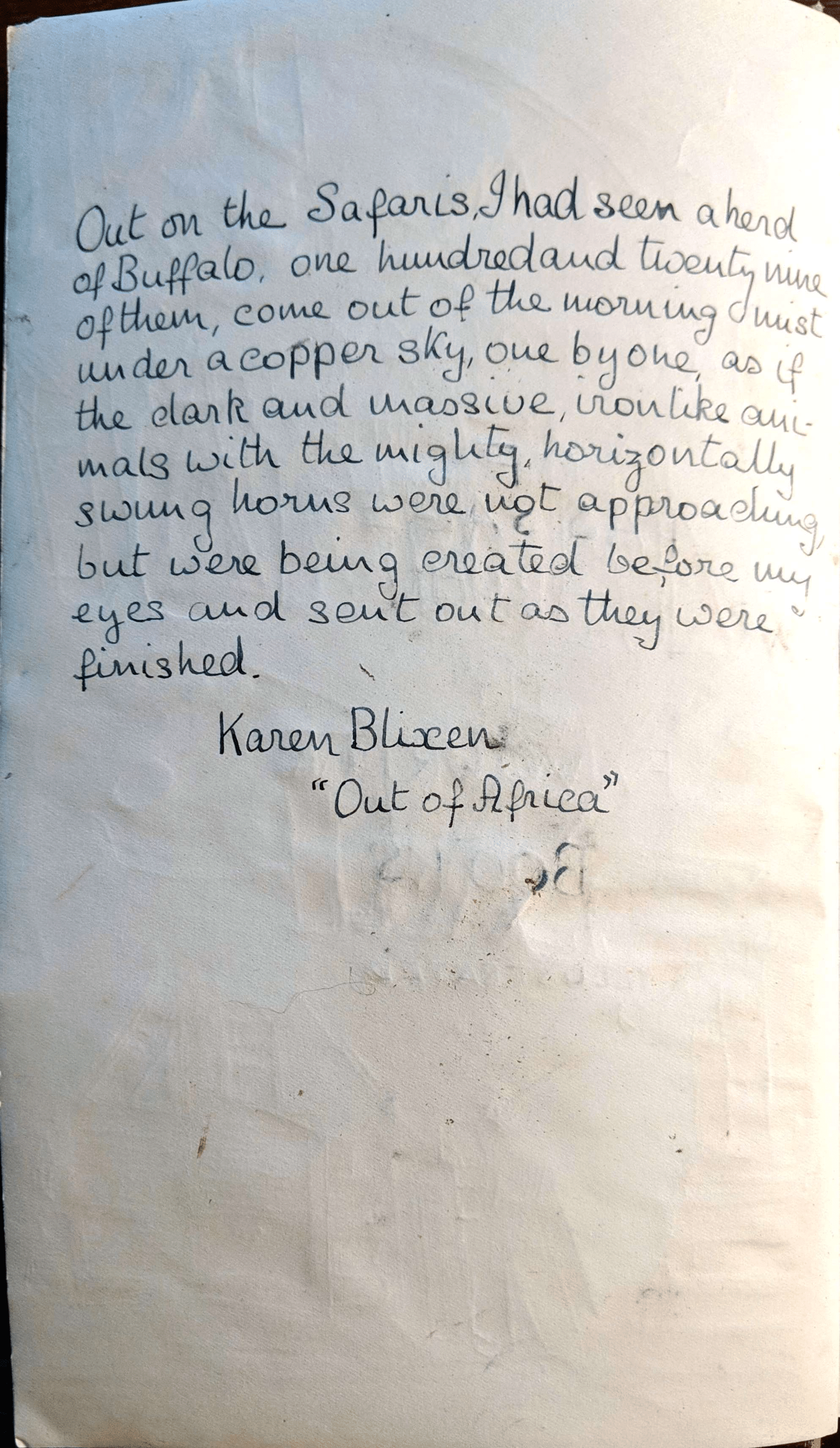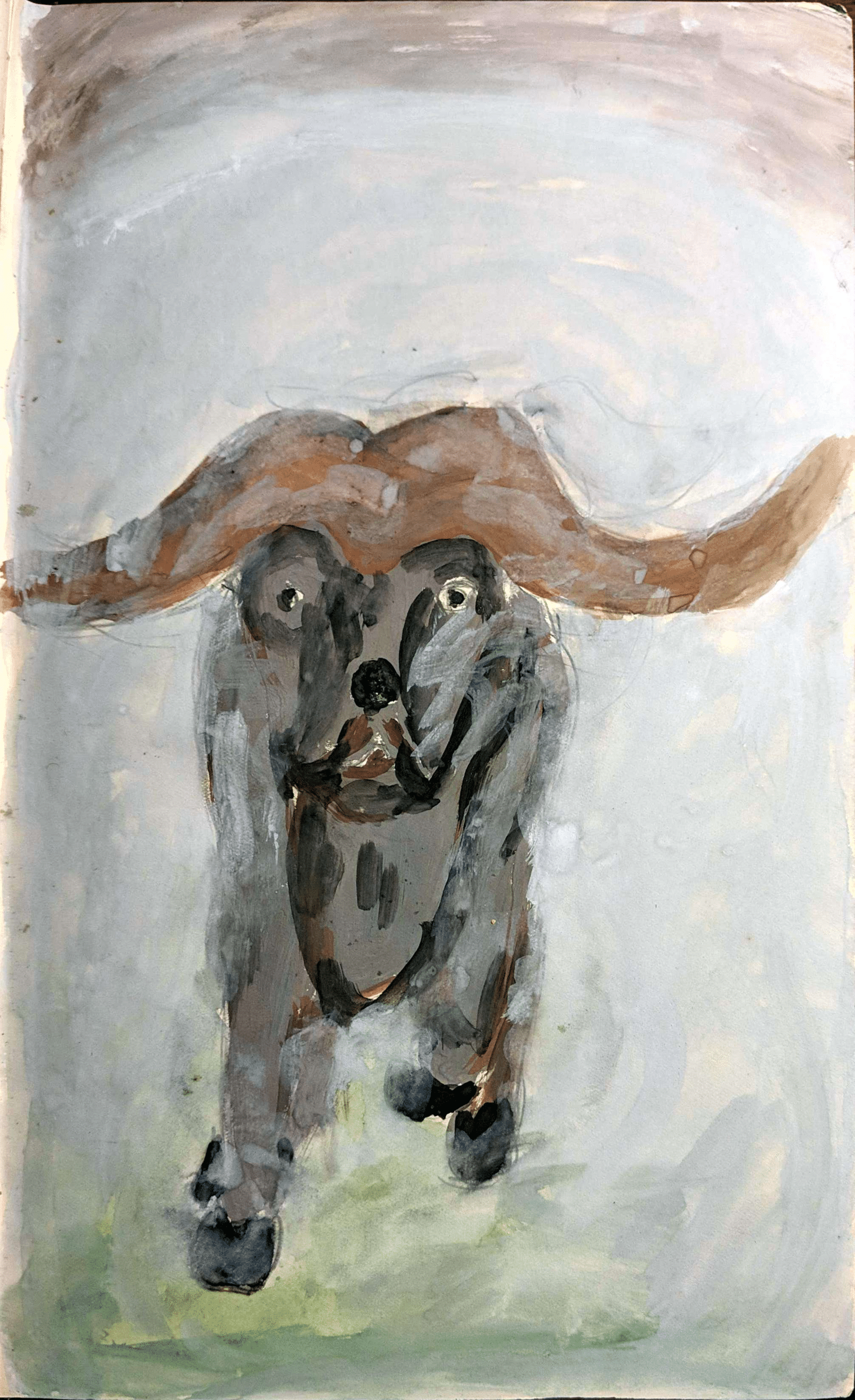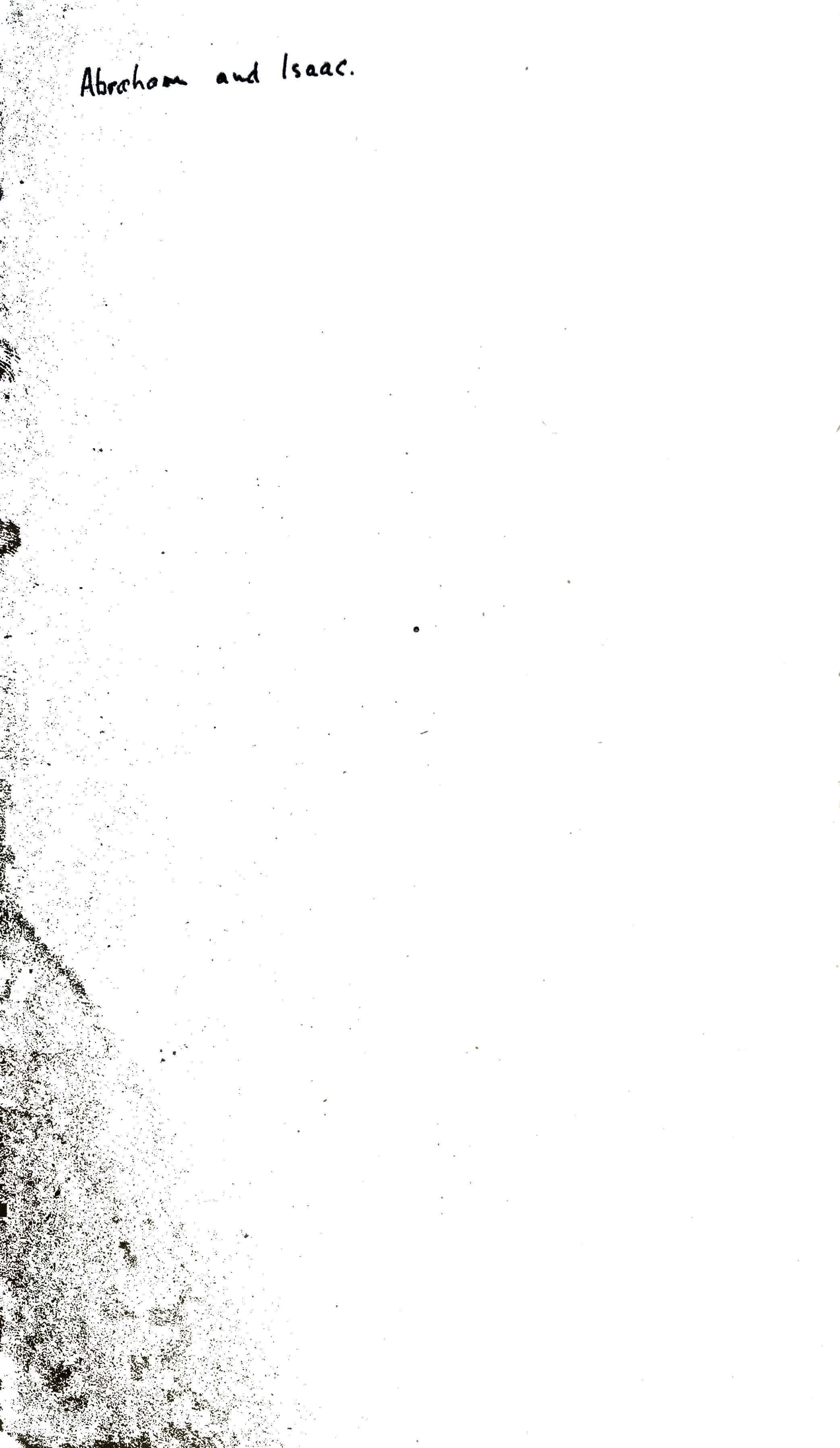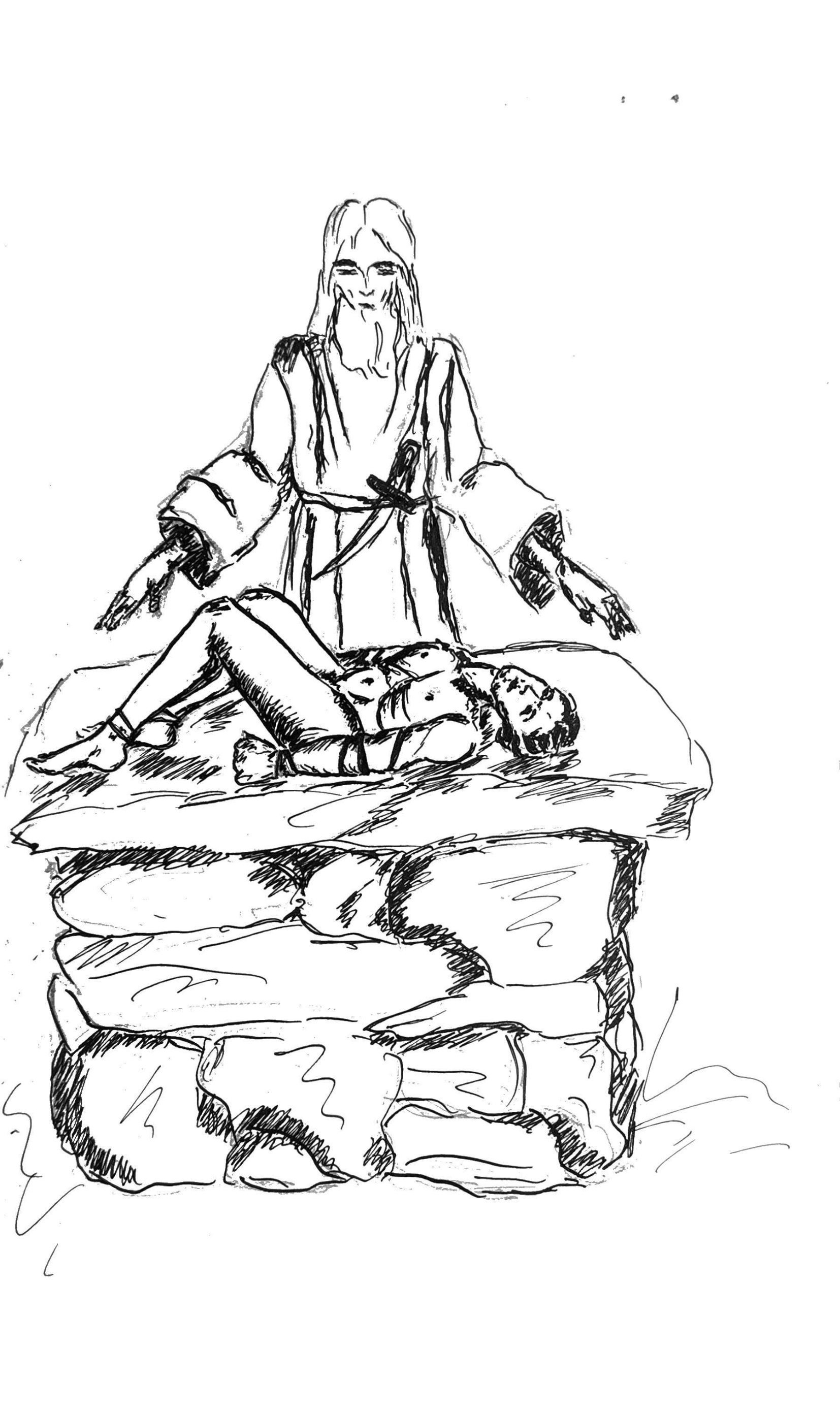A Sibling's Brushstrokes
Loose brushstrokes dappled in hues of earthy tones capture these small moments of adolescence depicted through Constant Huntington’s watercolor portraits of his brother and sister. The Porter-Phelps-Huntington Museum collection recently acquired these two watercolor paintings by Constant Huntington. Born in 1876 to the parents of George Putnam Huntington and Lily St. Agnam Barrett Huntington, Constant grew up in Boston, MA. In 1916 he married Gladys Theodora Putnam. Together they lived in Sussex, England where they raised their daughter Alfreda Huntington before moving to Westminster, London where he resided until his death in 1962. The first of Constant’s watercolors is of his sister, Catharine (b.1887). She is situated against an unidentifiable background of blues and reds that bleed into one another. She sits waist up with her body turned in a ¾ profile towards the viewer. Her skin is pale but rendered with subtle hues of warmth that garner the complexion of a child. Constant captures his sister's features with swift strokes of the brush as seen with the simple outlines of her eyes that turn down and her quiet smile. Her hair falls loosely into her eyes which further removes the viewer from her gaze, yet she remains quite accessible given that she is positioned so close to the forefront of the image. Whether Constant was aware of this dichotomy is unlikely, but in doing so the viewer can gain insight into a tender moment between siblings, yet her lack of detail and head turn provides a sense of ambiguity that allows the viewer to see a child from their own life and further connect to this tender moment.
From Catharine’s grip stems three vermillion blossoms, each upright and sturdy as if they are reaching up to greet Catharine who returns a glance down at them. While these flowers also lack some detail, Constant seems to have attempted some shading by going in with darker hues of the base colors. The green stem bleeds into the green of Catharine’s right sleeve making it somewhat difficult to distinguish between plant and girl.
The subject of the next watercolor by Constant could be one of his brothers, either Barrett or James. The boy too sits in profile to the viewer, this time turned completely to the side. His darker hair is pushed behind his ear yet still manages to fall in his face as he peers down. He is seated at a desk where he is painting with watercolors. His work mimics the flowers in Constant’s portrait of his sister, with the familiar shades of green and vermillion. Perhaps Constant was particularly intrigued with these flowers, or he had leftover colors he wanted to use. Or maybe they were all painting together and Catharine and/or the flowers were the subject. Constant’s understanding of human anatomy here is a bit underdeveloped. For example, he depicts the boy wearing a loose and boxy jacket which makes it hard to imagine the body of a child occupying such a large garment underneath. Additionally, his hands that secure the paper and paintbrush are quite large and awkward in their positioning. If you take a closer look at his right hand that commands the brush, his thumb seems to be just as long as his pointer finger.
With this piece Constant appears to have avoided the bottom half of his brother; even though he is seated at a desk, his legs are all but a large shape of light green. Constant pays particular attention to the jacket where he adds darker colors for the shading and creases. I find the line work quite lovely on the edge of the hood and undershirt. I imagine Constant switching to a smaller brush or lightly using the tip to capture these fine details. He also seems to experiment more with details in the face, as seen with the nostril and added pupil that is otherwise absent in his work of Catharine.








